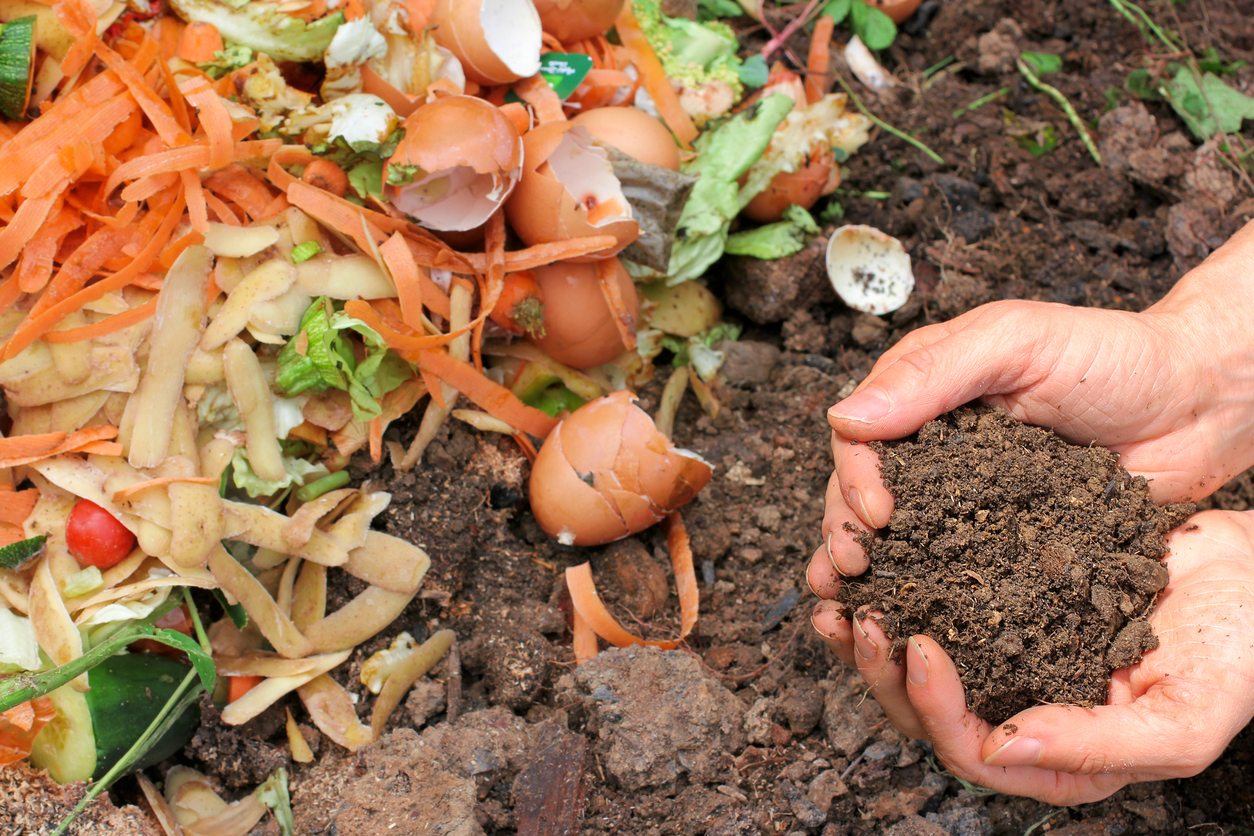The Benefits of Composting at Home and How to Get Started
 Composting at home is a natural way of recycling garden and kitchen waste for use in a garden – providing an eco-friendly alternative to peat. And best of all, composting is not just for avid gardeners or individuals with a spacious garden – anyone can do it. Among the benefits of composting at home:
Composting at home is a natural way of recycling garden and kitchen waste for use in a garden – providing an eco-friendly alternative to peat. And best of all, composting is not just for avid gardeners or individuals with a spacious garden – anyone can do it. Among the benefits of composting at home:
- It enriches the soil. It can help regenerate poor soils. It has also been shown to reduce diseases in plants, reduce or even eliminate the need for chemical fertilizers, and promote a larger amount of crops. It also increases the nutritional value of homegrown foods.
- This practice uses organic materials that do not have to end up in landfills avoiding the production of methane and leachate in the long run.
- Using compost in the garden ultimately reduces the need for water, fertilizers, and pesticides – therefore providing economical benefits for those who compost.
- Composting is environmentally friendly since preparing your fertilizer reduces the human footprint on the planet.
Anyone can compost regardless of how much space they have available – a 50-acre lot, or a 500 square foot apartment. At the most basic level, collect kitchen and yard scraps in a store-bought compost bin in your backyard, or a plastic bin under the kitchen sink. Here are the basics steps for composting:
- Choose the container: Options range from sealed bins to ones that have a door for adding organic matter. There are even barrels on a stand that allows for tumbling. Those who want conventional compost can build a 4-sided container from scrap timber. Position the heap away from the house if it is not a sealed container.
- Start piling organic matter such as vegetables, fruits, paper, newspapers, small sticks, grass clippings, straw, etc.
- Maintain a 30-to-1 carbon to nitrogen ratio. Good sources of carbon included finely shredded cardboard, fruit, leaves, peanut shells, sawdust, ashes, etc. Nitrogen sources include vegetable scraps, coffee grounds, clover, manure, seaweed, and hay.
- Turn and tumble the compost regularly with a garden fork. Doing so will allow for the soil to aerate and speed up bacterial activity. The compost is ready to use when it looks like rich, healthy soil.